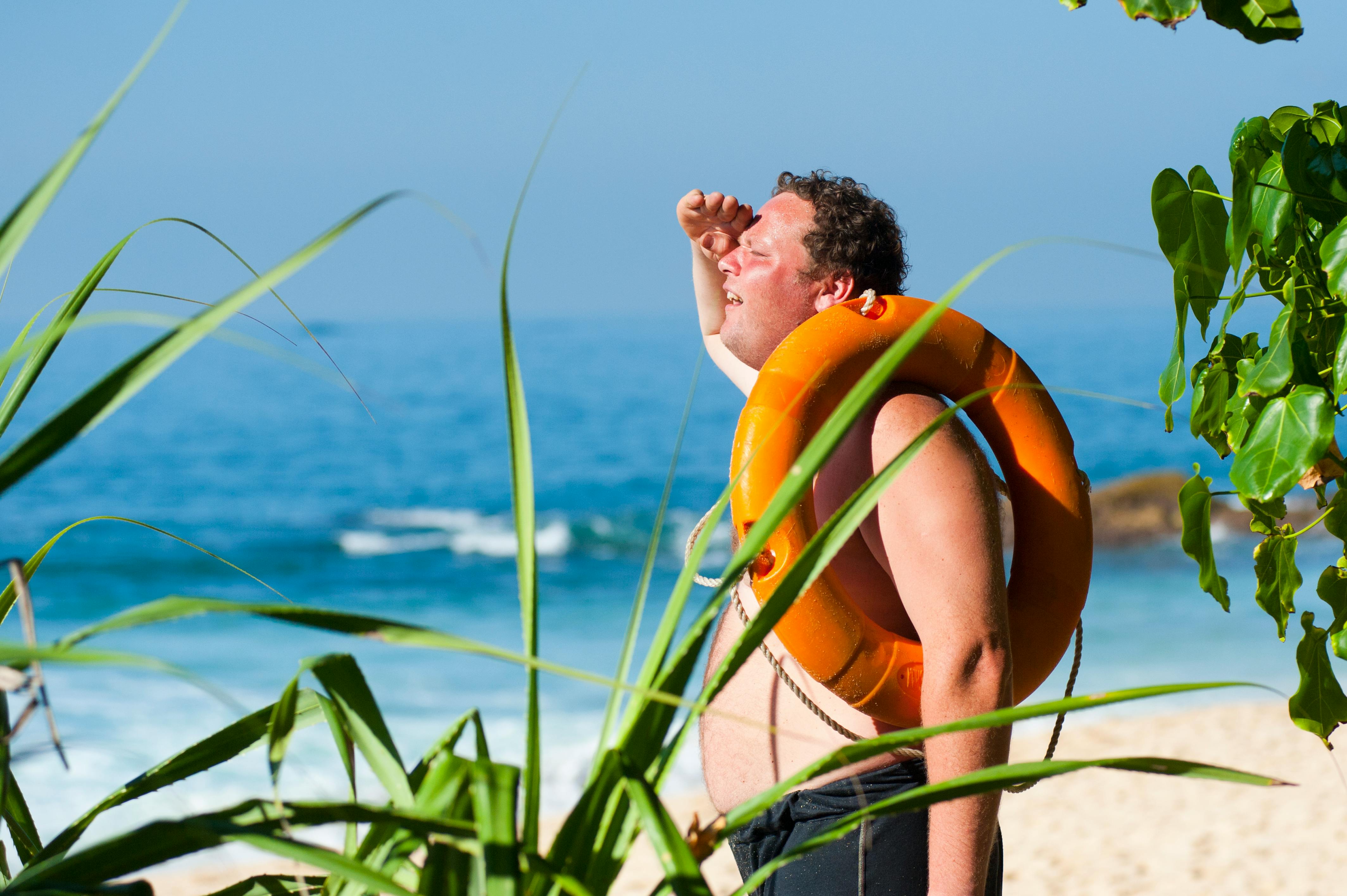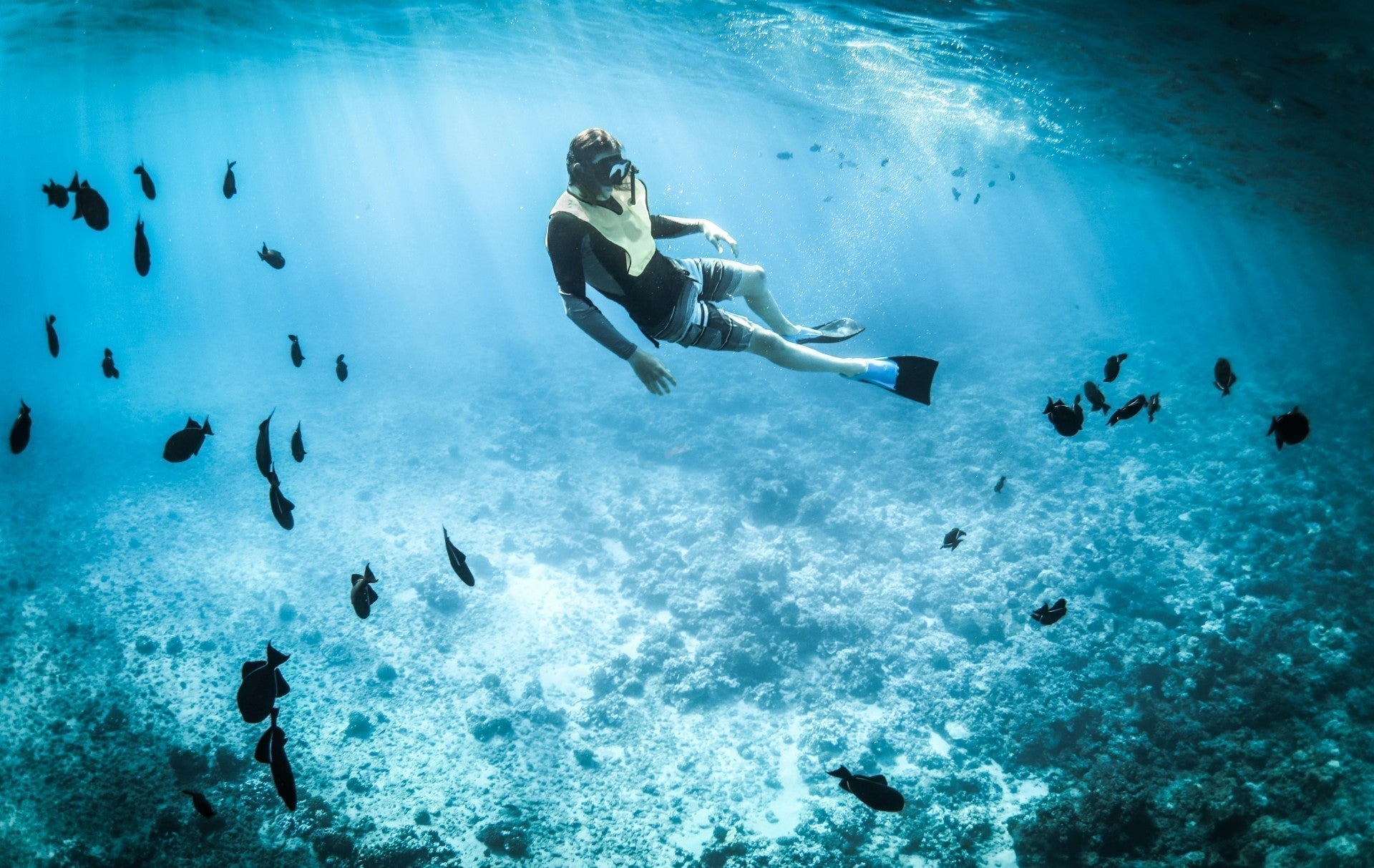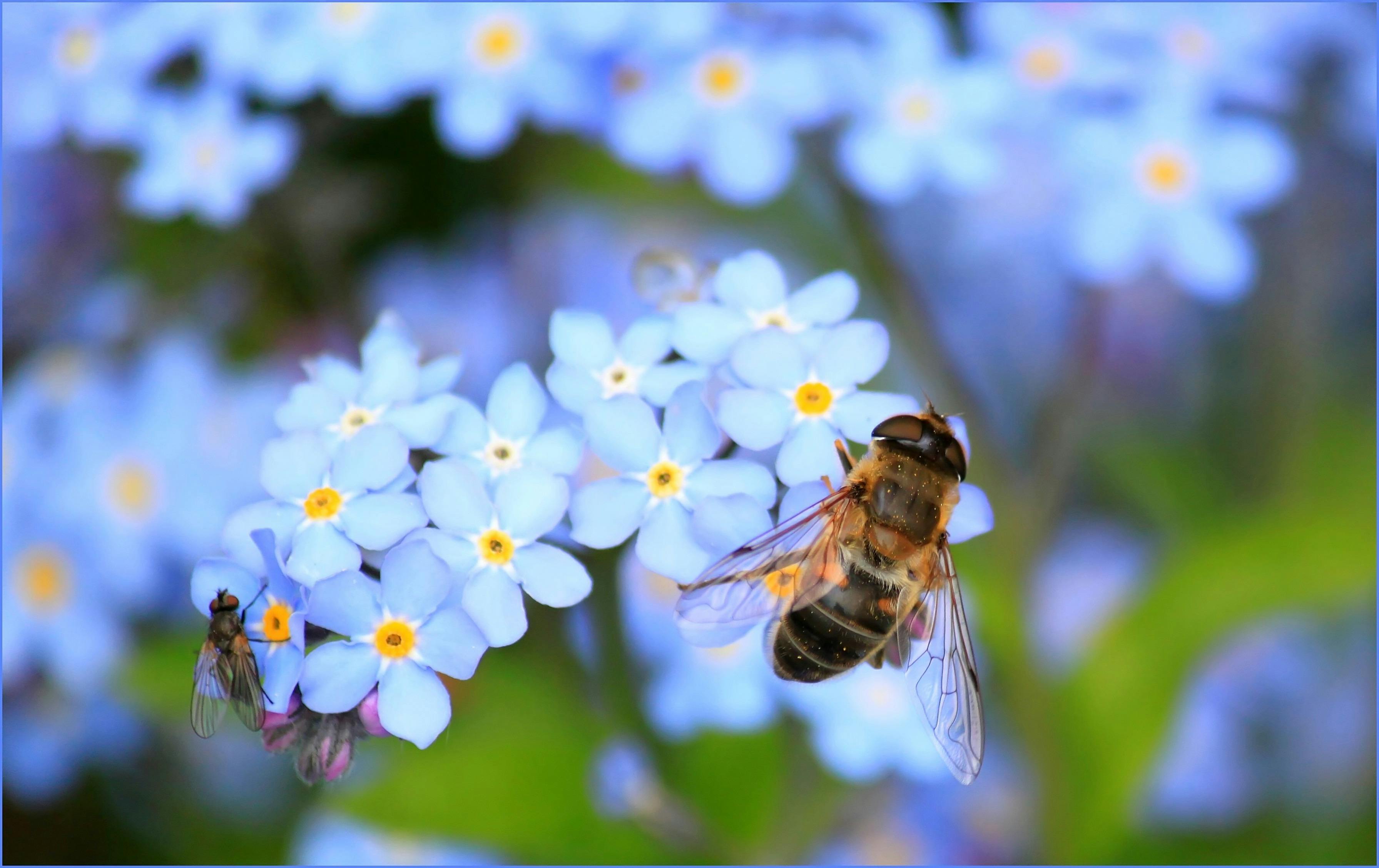Discover how mindful everyday habits can help safeguard ecosystems
Discover how mindful everyday habits can help safeguard ecosystems
We all love variety: whether it's choosing what's for dinner, picking out an outfit in the morning, or binge-watching the latest TV shows. But when it comes to biodiversity (short for “biological diversity”, meaning the diversity of all living things and their interactions [1]) we are quietly destroying its range, risking a future of ecological monotony and decline.
Over the past couple of hundred years, we have altered 70% of ice-free land, destroying habitats, mainly for food production. Our actions have also fueled climate change, driving the rapid loss of ecosystems. [2] As a consequence, up to one million species are now threatened with extinction, many within just a few decades. [3]
The bad news – as if everything we've mentioned so far isn't concerning enough – is that if we continue down this path, we could soon be one of those species at risk. Biodiversity is essentially our life-support system, providing clean air, food, and boosting our mental well-being. [4]In other words, we need it far more than it needs us.
So, what can we do to protect it? Here are four simple ways to make a difference (and don’t worry, hugging trees is optional).
- Rewild urban spaces
Let's start by bringing a bit of nature back to our concrete jungles. By adding green areas and recovering diverse natural spaces, we can create vibrant habitats for local animals and plants. [5] Whether it’s a green roof, wildlife corridors in our cities, or native plants on our balcony, we are helping boost local biodiversity.
One example is Green Roofs for Healthy Cities, a North American non-profit, that has been championing green roofs, living walls, and other forms of sustainable architecture. By transforming urban spaces into vibrant hubs, they not only support wildlife but also provide tangible environmental benefits: improving air quality, enhancing energy efficiency, and creating valuable educational opportunities. [6]

- Become a citizen scientist
Want to monitor, protect, and restore biodiversity with just a tap on your phone? You totally can. Apps like iNaturalist and eBird are turning everyday people into citizen scientists.
By recording your surroundings, you can help track environmental shifts in real-time, spot declining species, monitor invasive dangers, and see how climate change is affecting wildlife – all while helping researchers discover new ways to conserve it.
And if apps aren’t your thing, simple observation can be just as powerful. In 2023, a beekeeper in Savannah, in the United States, spotted and reported a yellow-legged hornet. In this way, he helped prevent this invasive species from establishing itself, potentially devastating vital pollinators like the local honeybee population. [7]
- Embrace sustainable food choices
Unsustainable farming practices and expanding agricultural land are major threats to biodiversity. Just think that converting natural habitats to farmland has put one-quarter of all remaining mammal species at risk of extinction. [8]
As forests and wildlands are cleared to grow crops and raise livestock, the feeding, breeding, and living habitats of numerous organisms also disappear. [9] But we have the power to change this simply by rethinking what (and how) we eat.
A plant-based diet can help lower the demand for land and resources, helping to protect vulnerable species and their environment. However, it’s not just about cutting back on meat, it’s also about choosing consciously grown foods.
Take soybeans, for example. While they’re a key protein source in many plant-based diets, large-scale soybean farming is a major driver of deforestation and habitat loss in places like the Cerrado and Atlantic forests of Brazil and Paraguay. [10] On the other hand, locally grown vegetables often have a much smaller environmental footprint. [11]

- Reduce, Reuse, Recycle
Every year, 19-23 million tonnes of plastic waste ends up in aquatic ecosystems, polluting lakes, rivers, and seas and putting countless creatures at risk. [12]
Choosing reusables, recycling correctly, and reducing unnecessary purchases can help cut plastic pollution, limit the release of microplastics into ecosystems, and ease pressure on natural resources.
It's all about small, simple, and daily actions for a big, global change.
A sneak peek to our next article
Now that we've uncovered how everyday choices can help protect biodiversity, the upcoming Earth Day is the perfect time to take action. In our next article, we'll share some podcast episodes that will inspire you to make a real impact. Don't miss it!
[1] “What is Biodiversity?”, National Museum of Natural History, available at: https://naturalhistory.si.edu/education/teaching-resources/life-science/what-biodiversity#:~:text=Biodiversity%20%E2%80%94%20short%20for%20biological%20diversity,%2C%20genetic%2C%20and%20ecosystem%20diversity
[2] “Biodiversity – Our Strongest Natural Defense Against Climate Change”, United Nations, available at: https://www.un.org/en/climatechange/science/climate-issues/biodiversity#:~:text=The%20main%20driver%20of%20biodiversity,their%20habitat%20and%20face%20extinction
[3] “Biodiversity – Our Strongest Natural Defense Against Climate Change”, United Nations, available at: https://www.un.org/en/climatechange/science/climate-issues/biodiversity#:~:text=The%20main%20driver%20of%20biodiversity,their%20habitat%20and%20face%20extinction
[4] “5 Ways You Can Protect Biodiversity in Your Area”, World Economic Forum, available at: https://www.weforum.org/stories/2023/01/5-ways-protect-biodiversity-species-nature/
[5] “Green Infrastructure: Promoting the Use of Green Infrastructure in all EU Policies, to Help Restore Nature and Boost Biodiversity”, European Commission, available at: https://environment.ec.europa.eu/topics/nature-and-biodiversity/green-infrastructure_en#:~:text=Well%2Ddesigned%20urban%20green%20spaces,well%2Dbeing%20of%20urban%20residents
[6] “Green Roofs for Heatlhy Cities”, website: https://www.greenroofs.org/
[7] “Invasive Yello-legged Hornet Found in US for First Time”, The Guardian, available at: https://www.theguardian.com/environment/2023/aug/16/yellow-legged-hornet-found-georgia
[8]“5 Ways You Can Protect Biodiversity in Your Area”, World Economic Forum, available at: https://www.weforum.org/stories/2023/01/5-ways-protect-biodiversity-species-nature/
[9]“Plant-based Diets will be Essential to the Planet's Future”, World Economic Forum, available at: https://www.weforum.org/stories/2021/02/plant-based-diet-biodiversity-report/
[10] “Sustainable Agriculture”, WWF, available at: https://www.worldwildlife.org/industries/sustainable-agriculture
[11] “Research shows significant environmental benefits of local food production”, Iowa State University, available at: https://www.cals.iastate.edu/news/2022/research-shows-significant-environmental-benefits-local-food-production
[12] “Plastic Pollution”, UN Environment Programme, available at: https://www.unep.org/plastic-pollution
From ECONYL® Blog
The Best Online Stores for Gender-Neutral Clothes (Summer Edition)
Read more
Will Summer 2025 Be Hot? 4 Cool Ideas to Beat the Heat (and Stay Conscious)
Read more
Should We Explore the Ocean or Space First? Why the Future Lies Beneath the Waves
Read more
From Fast to Slow Furniture: 4 Sustainable E-Shops Worth Knowing
Read more
Join the Club
Step into the loop and unlock exclusive benefits thoughtful insights, and meaningful connections. Live sustainably, repeat intentionally.
Join now!Let your choices reflect your values.
Sale & offers
Exclusive perks and early private access.

The Club

